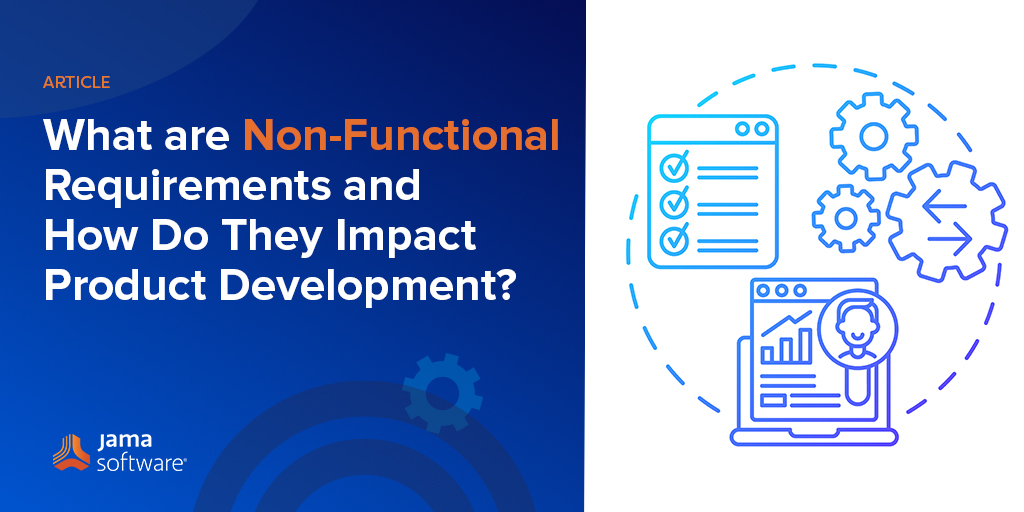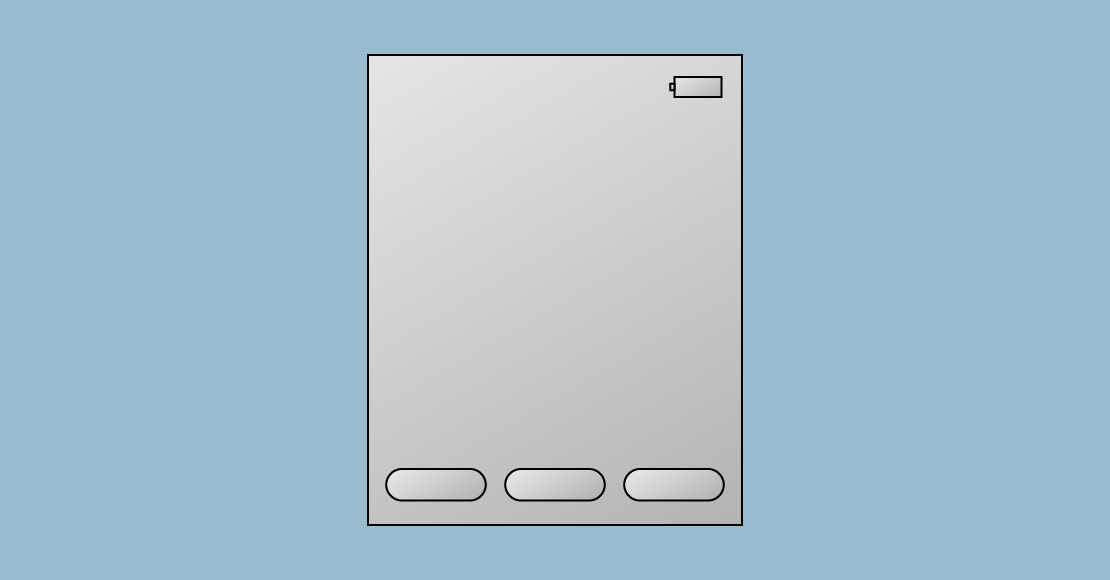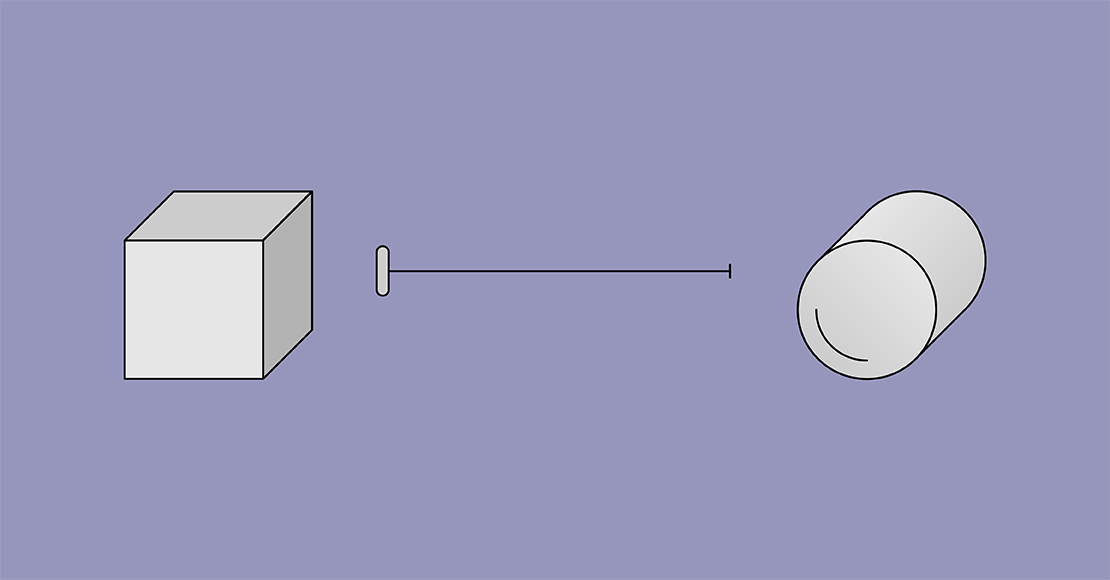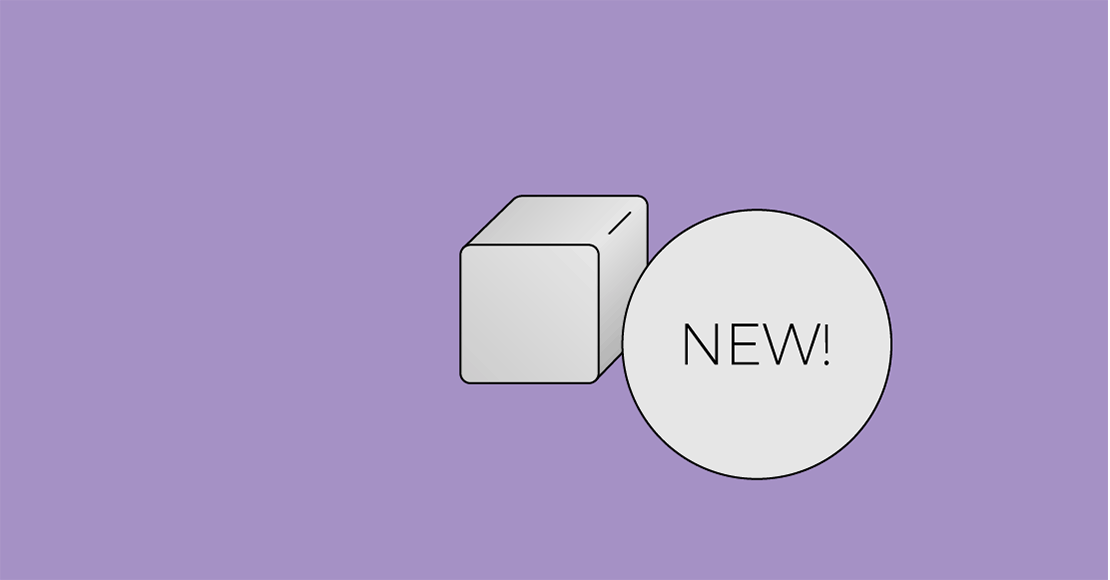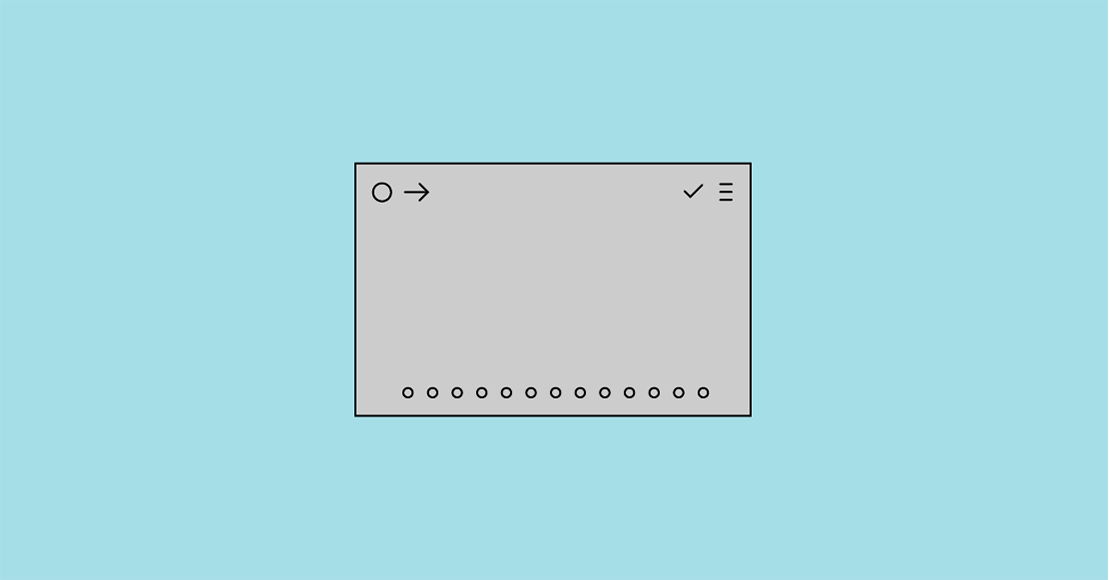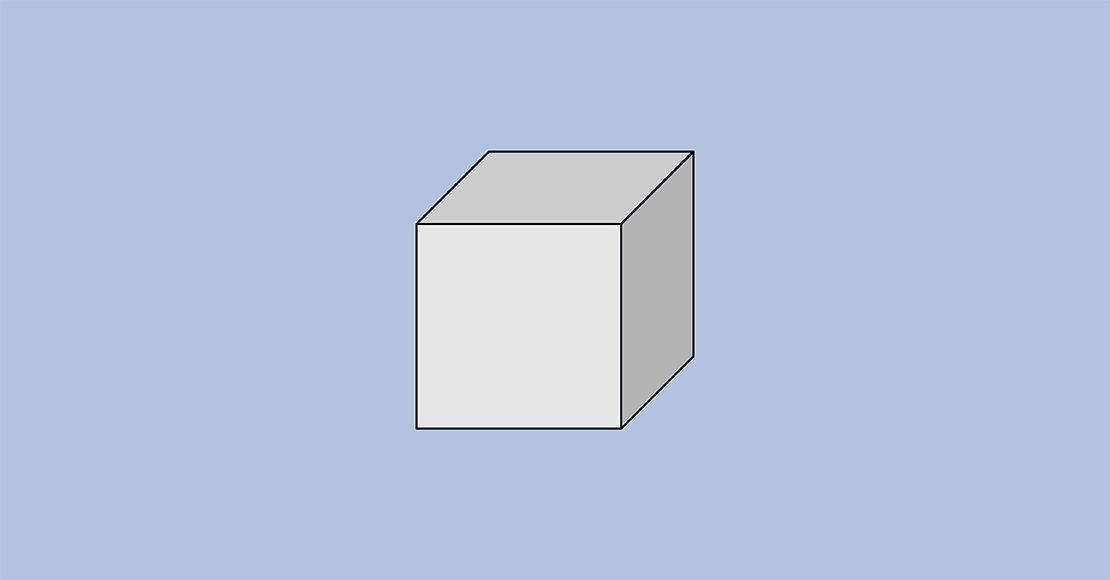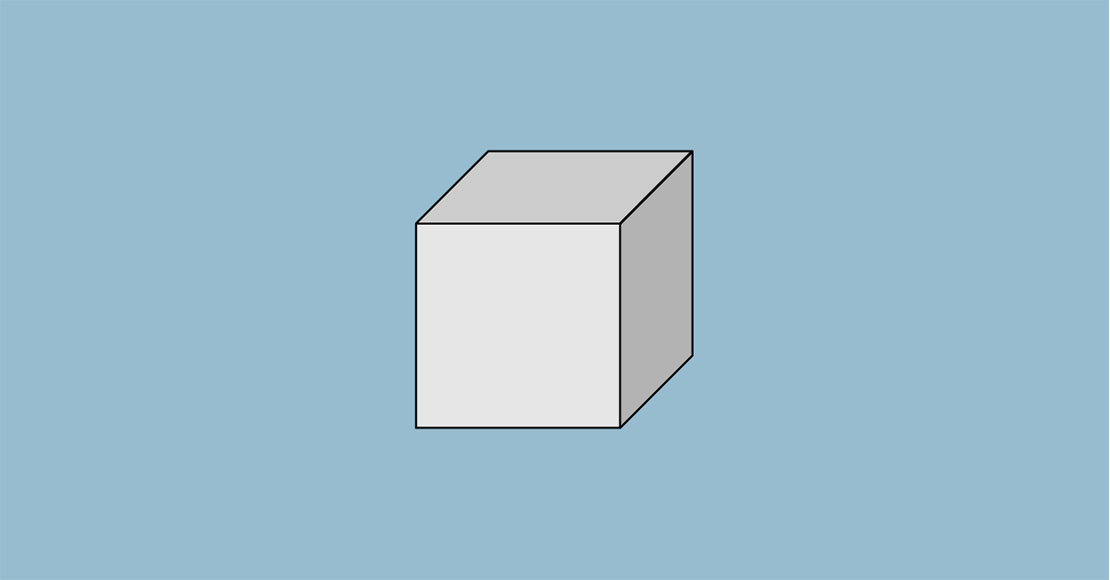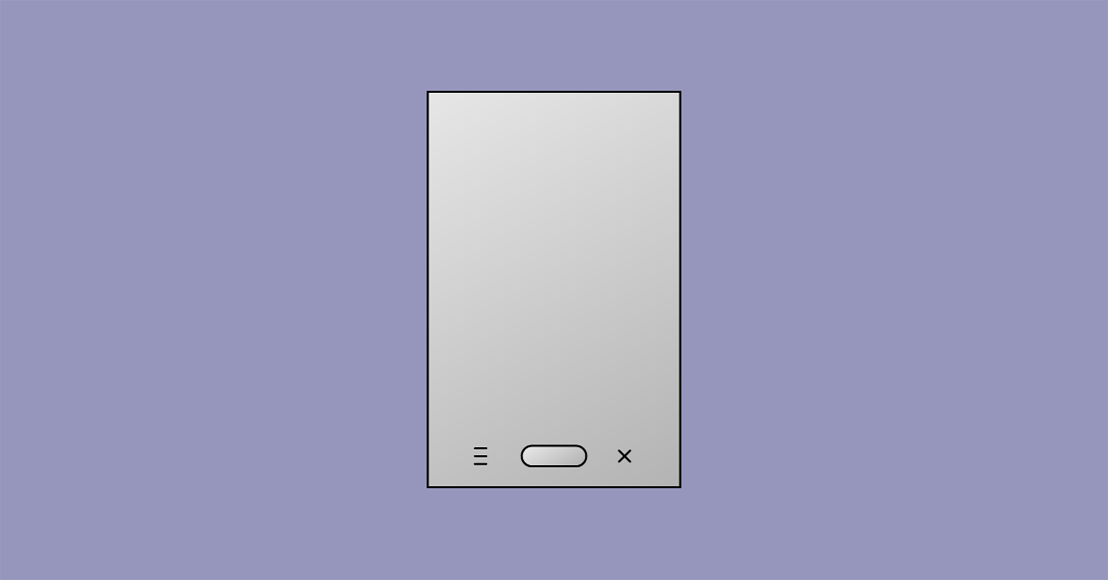In this post, we look at non-functional requirements are tracked by agile product teams and how they impact the product development cycle.
Imagine that you’re in the market for a new car. As you shop, you have a couple of non-negotiable features or attributes in mind, such as saving destinations within the car’s built-in GPS navigation system or that the car must be black. Although you may consider these to be “must-have” features, they would be considered non-functional requirements tied to the user experience.
What are Non-Function Requirements (NFR)?
Non-functional requirements are global constraints on a software system e.g., development costs, operational costs, performance, reliability, maintainability, portability, robustness etc.
A requirement that does not relate to functionality, but to attributes such as reliability, efficiency, usability, maintainability, and portability.
In systems engineering and requirements engineering, a non-functional requirement is a requirement that specifies criteria that can be used to judge the operation of a system, rather than specific behaviors.
Non-functional requirements may be found in adverbs or modifying clauses, such as “The system prints invoices quickly” or “The system prints invoices *with confidentiality.”
Software has non-functional requirements that are essential to creating a positive experience for the user. And if you miss the mark on these requirements, you may have scheduling delays, budget setbacks and unsatisfied clients.
A project that lacks non-functional requirements may also lack clarity, which can result in vague project scope and a disconnect between the designer and client expectations.
Non-functional requirements bridge the gap between what developers believe customers want and what customers really want.
One study found that 60 to 80 percent of the cost of software development involves rework. And when the non-functional requirements are done well, you may eliminate 50 to 80 percent of product defects.
So, now that we’ve defined non-functional requirements, how do you integrate them effectively into your product development process?
Non-functional requirements focus on the “ilities” of the product
The “ilities” of a product include quality, reliability, manufacturability, usability, serviceability, upgradeability, etc. See SEAri MIT for more information.
Non-functional requirements focus on the user experience. A non-functional requirement is a statement defining a system quality, constraint, or external interface. For example, you might want to build a system that can manage expansion in the future. But saying so isn’t enough. You need to be specific. Instead, you might define that as “building a system that can manage at least 50,000 users over the next 24 months, so customers don’t experience the frustration of system crashes.”
Additionally, a non-functional requirement may:
- Follow any legal or adherence rules.
- Define quality attributes of the software.
- Ensure performance in key areas such as reliability, availability, scalability, and more.
- Focus on the user experience so the system is easy to operate and the risk for potential rework is minimized.
Just as with car shopping, not everyone needs the same features to make their user experience great. You might want warming seats in a new car, but somebody else might want a third row of seats. So, the non-functional requirements that you define for your project will vary based on client expectations. A list of potential categories, however, can give you a starting point to consider which non-functional requirements need to be on your list.
What are the different types of non-functional requirements?
Think about non-functional requirements as buckets that hold attributes important to the user experience. Remember, it’s not what a product will do (which are its functional requirements), but it’s what a project will be.
If you have selected the right buckets and measured the right things, then you can feel confident that you’re handing over a product that will meet customer expectations – because you’ve clearly defined these expectations up front. Everyone is on the same page, which is even further enhanced when you centralize your requirements management, which we’ll touch on shortly.
For now, let’s look at some of the potential categories for non-functional requirements:
- Performance and scalability. What are the required response times, benchmark specifications, and other attributes related to performance? How fast does the system provide results, and how will the performance change with higher workloads?
- Operating constraints. Operating constraints may include any required software requirements, system requirements, and run-time constraints that need to be considered in product development.
- Platform constraints. Most projects include some sort of platform constraints. Clearly define these upfront.
- Modifiability. How much effort is required to make changes to the software? Defining this upfront can help the customer better plan for any potential changes.
- Portability requirements and capability. How difficult will it be to move the software to a different platform? What hardware and operating system does the software run on? Does it conflict with other processes or applications within these environments? Clearly define these elements.
- Reliability. How often does the software fail? Outline any consequence of software failure and strategies for detecting errors, plans for error correction, and more.
- Security. Security focuses on the requirements for protecting the system and data. How much time and effort does it take to break into the system, and how can you mitigate these exposures?
- Usability. Usability is focused on the user experience. How difficult is it to learn and operate the system, and how can you improve any potential uses?
- Legal. There may be legal issues around data privacy, intellectual property rights and more.
Categories vary by project, yet some common categories include availability, capacity, reliability and security. Using a few of the more common ones to start and then expanding to other areas can help you build a template for new product development projects.
Functional vs. non-functional requirements: What’s the difference?
Attributes of Functions vs Nonfunctional Requirements
Functional requirements are focused on how the software needs to perform or the desired behavior of the system. For example, if a specific condition is met, a system will send a new user a welcome email. A functional requirement is focused on what the system does when a requirement is met. Other functional requirements might involve business rules, reporting requirements, audit tracking, and more.
A non-functional requirement focuses on properties and characteristics of the product that are generally passive. Non-functional requirements are focused on attributes such as privacy, portability, reliability, stability, and more.
What is a non-functional requirements document?
Non-functional requirements are one component of the software requirements specification document (SRS document). This document focuses on what the software is expected to do and how it’s expected to perform. It also addresses what is required in terms of functionality from a user perspective.
The SRS documents include a few sections, such as:
- Overview of the system. The overview includes high-level details about the system. Any useful terms are defined upfront in a glossary-like format.
- General description. This section outlines any assumptions about the project and the overarching vision or theme.
- Specific requirements. This section is where the functional and non-functional requirements are included.
If you haven’t written an SRS document before, or if you want to improve on your existing document, check out examples as a starting point. These also provide inspiration for how non-functional requirements examples flow into the entire document.
What templates exist for tracking and managing a non-functional requirement?
Software and hardware teams collaborate throughout the entire development process as they define functional and non-functional requirements. However, this collaboration becomes problematic when teams use different tools. Centralizing requirements management allows you to save time, align more effectively, and ensure the quality and compliance of product development. Using a single solution enables you to effectively:
- Experience a single source of truth. A single source of truth offers greater visibility throughout the entire product development cycle.
- Benefit from real-time iteration. Working within a requirements management platform that has visibility and communication across all development teams enables more informed decisions and improves collaboration abilities.
- Enjoy stronger visualization. You can more effectively visualize how tests trackback to requirements, resulting in higher quality and compliance.
- Reuse validation requirements. Reuse validated requirements to quickly replicate features across products.
Centralizing requirements management allows you to build stronger and more effective non-functional requirements, which improves product development. A single source of truth empowers you to connect data, conversations, and decisions – all within a single system.
The result is that you can collaborate and communicate critical pieces of information around product development, resulting in less rework, fewer missed deadlines and happier clients.
See How Jama Connect Streamlines Tracking and Tracing Requirements.
